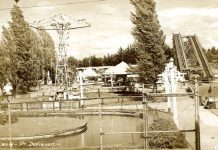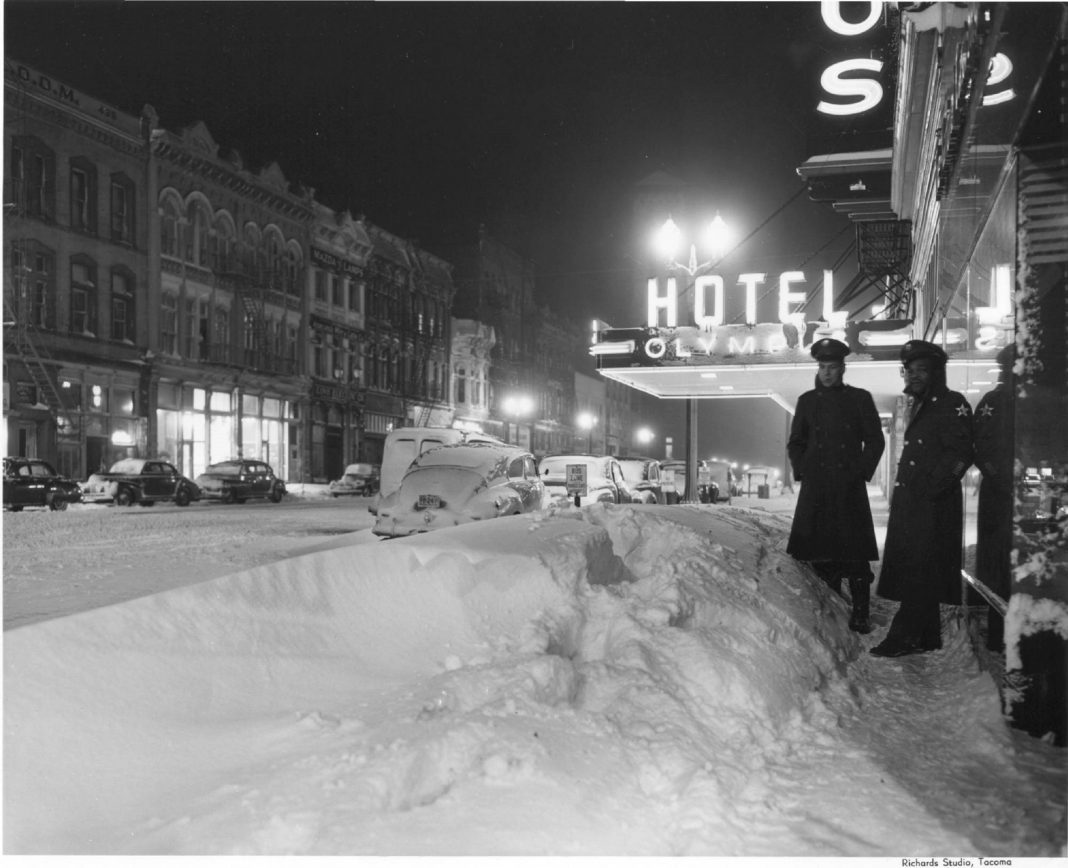Everyone who has lived along Puget Sound for any bit of time knows the area has its fair share of odd weather patterns. It might rain in the morning and have cloudless skies by the afternoon, only to then have pea-soup fog by nightfall.
It is largely a product of geography that sandwiches a waterway between two mountain ranges, the Olympics and the Cascades, creating wind patterns from the Pacific Ocean to do downright squirrely things more often than not.
Sometimes the combination of factors creates storms in the South Sound area that make their way into the history books.
One of the first windstorms of the pioneering age of the area was the Great Gale of 1875. The population of the Washington Territory at the time was just 25,000, and the McNeil Island Federal Penitentiary had just opened. The Northern Pacific Railroad was two years away from selecting Tacoma as the terminus of its planned transcontinental railroad. Tacoma had just become a city four days before the winds whipped up in the area. The largely wood-framed homes and businesses didn’t have much chance against such forces. Three warehouses in Seattle collapsed, and countless homes were flattened after their walls collapsed.
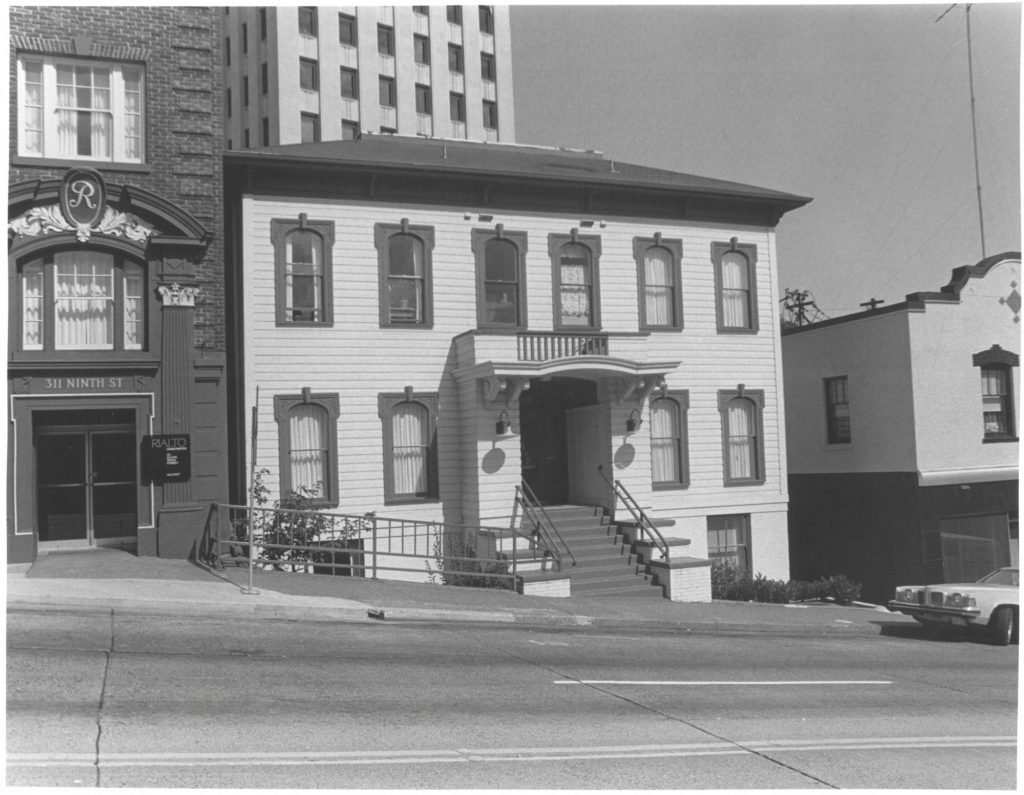
Keep in mind that winds routinely hit at 44 miles-per-hour several times a year and reach 60 miles-per-hour every other year or so. Windstorms aren’t uncommon. But some storms stand out either because of their speed or their impact.
The Columbus Day Storm of 1962 began life as Typhoon Frieda. It is designated as Washington’s worst weather disaster of the twentieth century. It killed nine people in the state and 46 overall along the West Coast. Gusts of up to 63 miles an hour shut down all but essential operations in several states. It postponed game six of the World Series at Candlestick Park. Hotels in Portland were over capacity as workers downtown opted to seek shelter close to work rather than battle through their commutes home.
The winds grew as the storm swirled up the coast, hitting gusts of more than 100 miles-per-hour after it crossed the Oregon-Washington border.
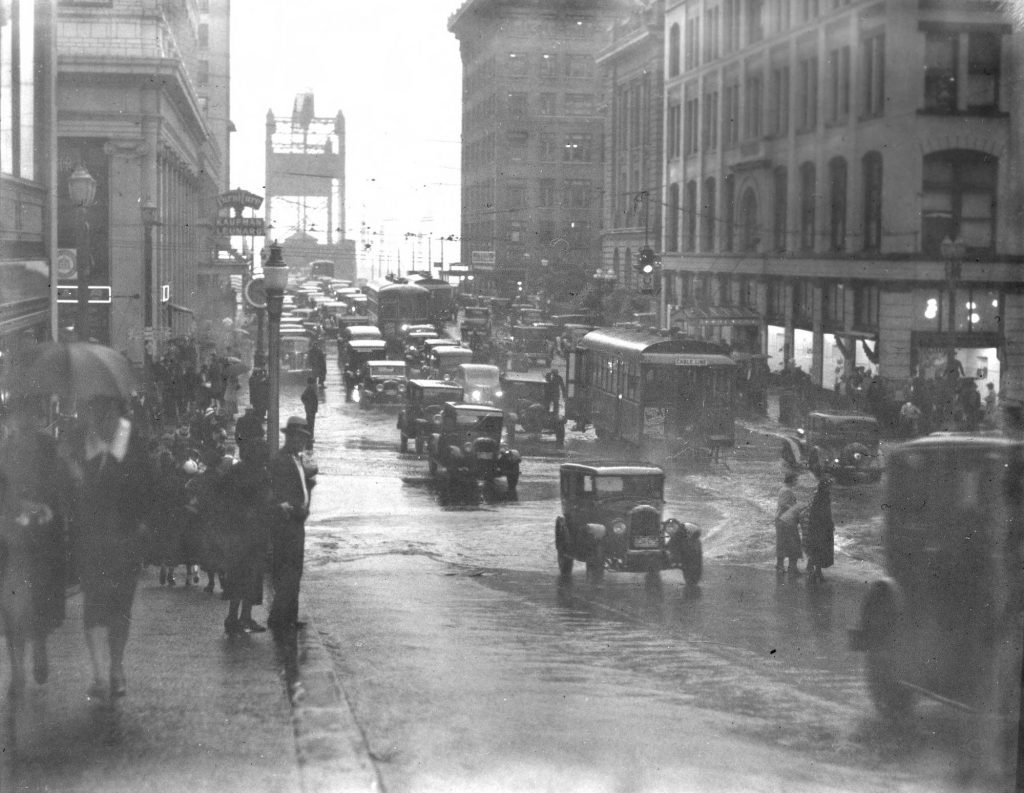
The Chehalis police chief almost died when an airplane hangar blew apart at the airport while he was securing airplanes. The storm claimed a tree that was planted from a cutting of an elm from George Washington’s yard when the winds hit Olympia by early evening. Other falling trees killed two people in Yelm, and a Milton man died after touching a downed electrical line. One boy in unincorporated Pierce County was mauled by a lion – like a real lion – after it had escaped from a cage a few miles away.
Power was out around the West Coast. No city was spared, and even Sea-Tac Airport went dark. The Space Needle closed, but diners in the revolving restaurant were allowed to finish their meals as 80-mile-per-hour winds whipped outside.
The storm passed through during the evening and died down in British Columbia by dawn, but it had left its mark. Electrical crews spent days restoring power to nine Western Washington counties. Damaged totaled $235 million. Known as “The Mother of all Windstorms,” the blast had the strongest, most widespread, non-hurricane windstorm to strike the continental U.S. during the 20th century, claiming lives and property from Northern California to British Columbia.
Accountants primarily wrote off some 15 billion board feet of downed trees that could have been lumber, at a loss of $750 million.
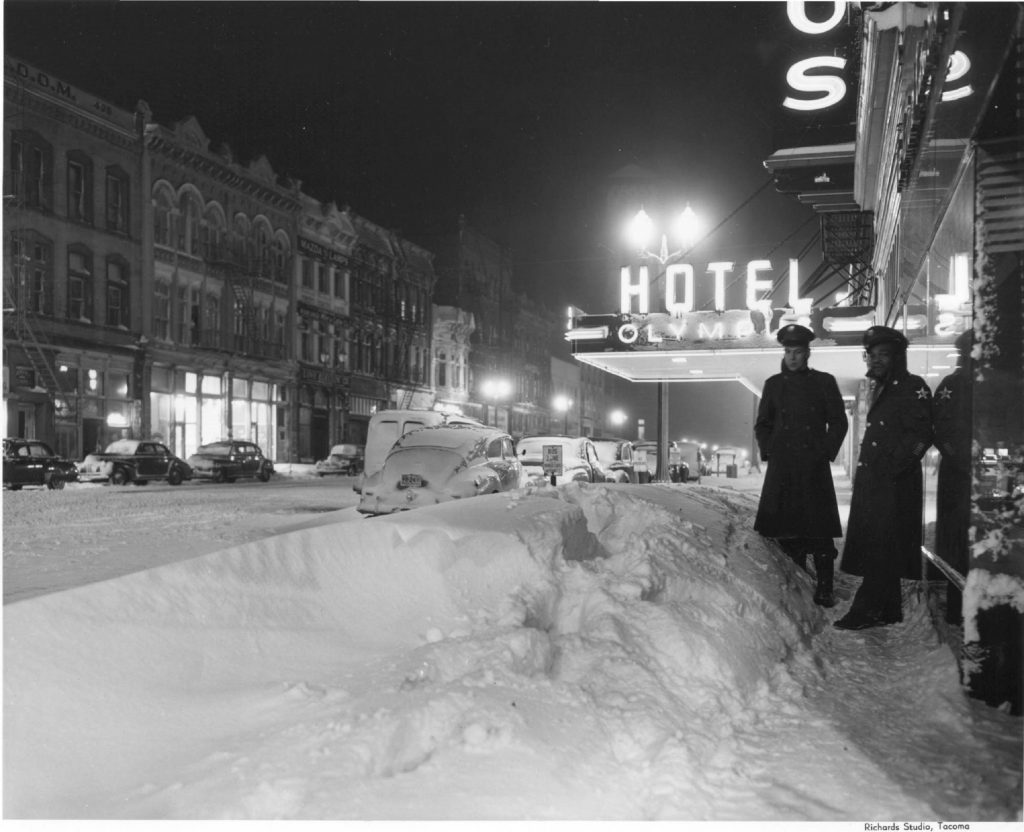
But the wind isn’t the only weather type to cause damage. The Big Snow Storm of 1880 took its place in history after it created snowdrifts of up to six feet when it hit on January 9 of that year. It has gone down in history as the “Storm King” of the area. Hundreds of buildings fell to their foundations, and commerce came to a halt. The storm also claimed two local lives. One ticket clerk at the Puyallup train station reportedly closed the station and grabbed what blankets and coats he could find to walk home. He never made it. He was found frozen to death just a few yards shy of his front door. Another man was found frozen by the Yelm train station.
The next big storm would come just four years later. On February 18, 1884, about a foot and a half of snow fell on the area overnight. It was the most snow “with a single exception, in a quarter of a century.” That exception was the other Big Snow of 1880, which still tops the local snow records. But there were certainly others, too many to recap.
The snowstorm of late January and early February of 1916 dumped the most snow overall, with four feet of the white stuff over a matter of days. Another big deposit of snow came on Friday, January 13, 1950, when nine inches fell in a single day.
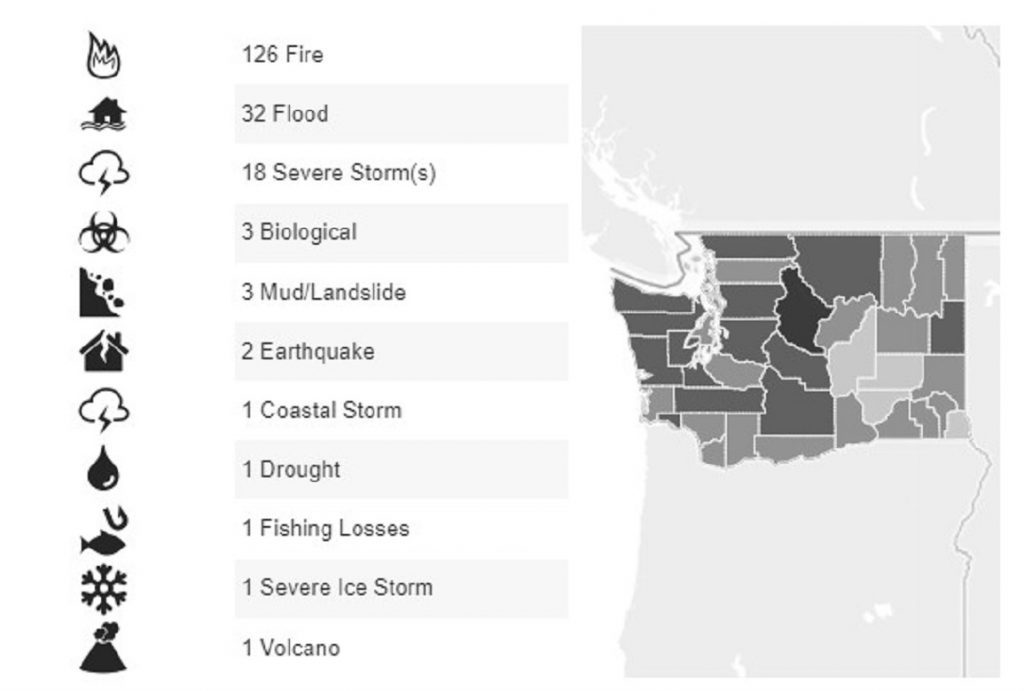
But moisture falls to the ground in other forms, namely rain in this part of the world, so Puget Sound has a few notable records in that department as well. Tacoma endured a half-inch of rain in a matter of minutes on September 1, 1936, causing flash floods in downtown businesses. The area’s wettest day on record, October 20 in 2003, topped five inches of rain in a single day, an inch and a half over the previous record. The great rain, oddly enough, came after the driest summers in the region ever recorded. Flooding has caused 32 emergency declarations since 1953, second only to forest fires, at 126 emergencies, which make up the bulk of the 189 total.
























